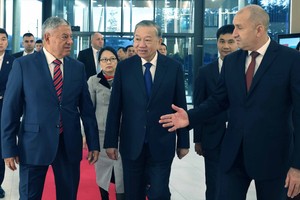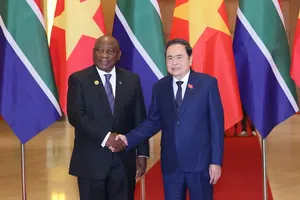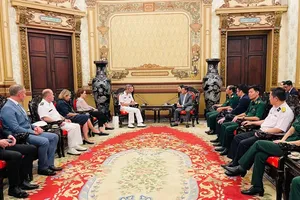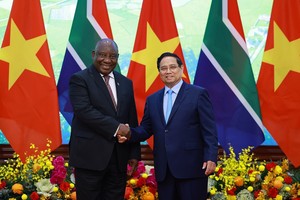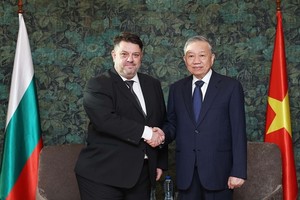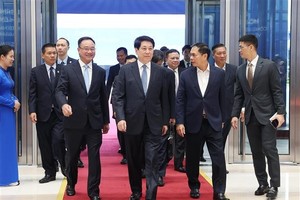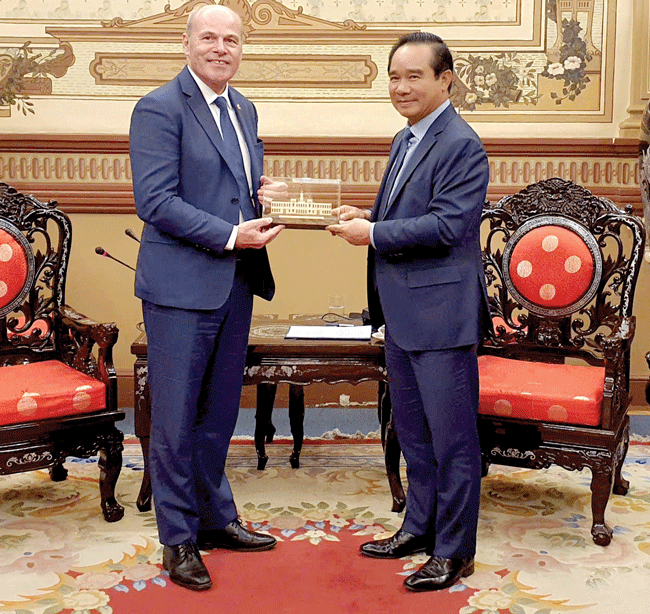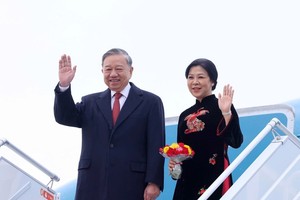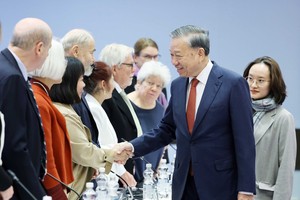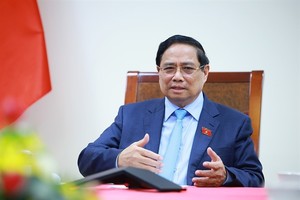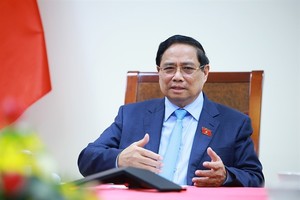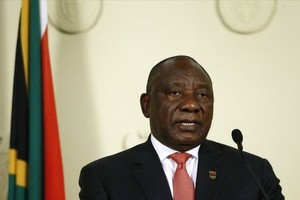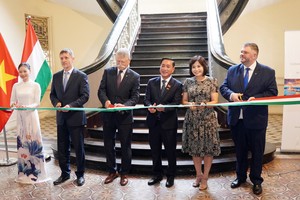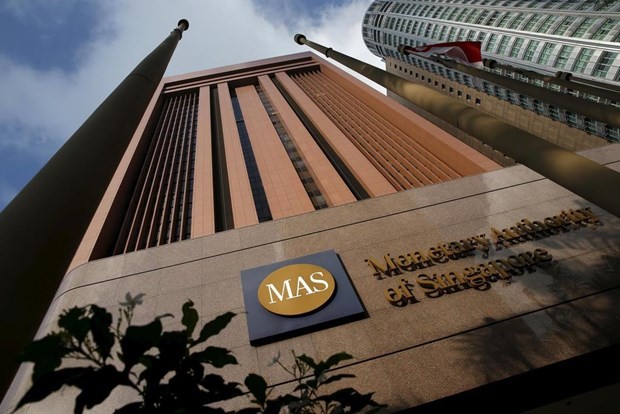
The decision came after the US-China trade war has taken its toll on the export-reliant economy of the city-state.
Singapore has been the first among export-driven economies in Asia to be affected during a downturn, making it a closely watched barometer of demand for goods and services for the rest of the region.
The Singaporean economy has been hard hit in recent months, with growth rates and exports falling, as the US-China trade tensions upend the global trading system.
The Monetary Authority of Singapore (MAS) – the country’s central bank - joins others around the world in loosening policy as fears mount of a global economic slowdown.
The MAS said it will reduce slightly the slope of the band at which its currency is allowed to move, effectively allowing for a weaker dollar, as had been expected. Instead of using interest rates, Singapore manages monetary policy by letting the local dollar rise or fall against a currency basket of its main trading partners.
According to the MAS, in the last six months, the manufacturing sector’s drag on GDP growth has intensified, reflecting the ongoing downturn in the global electronics cycle as well as the pullback in investment spending, caused in part by the uncertainty in US-China relations.
Preliminary GDP data released at the same time showed Singapore's economy narrowly avoided falling into a technical recession, defined as two consecutive quarters of contraction.
It expanded just 0.6 percent in the three months to September on a quarterly basis, bouncing back from a shock 2.7 percent second-quarter contraction. The economy grew 0.1 percent on a yearly basis.
Singapore last slipped into recession in the aftermath of the global financial crisis in 2008.
